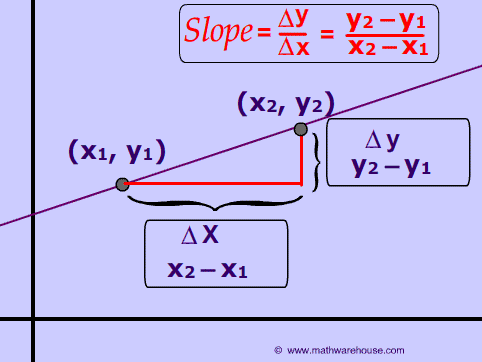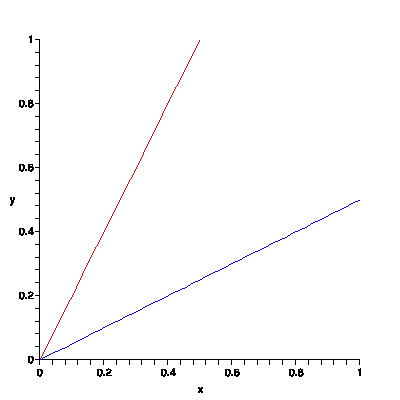I can convert between non-metric units.
To convert a measurement from one unit to another is a mathematical relationship between units. Know the relationship.
Ex. 1 ft = 12 in
A
conversion factor is a ratio that is equal to one, and can be multiplied by a quantity to change the unit measurement without changing the amount.
Sometimes you may not have a unit relationship to go straight from the given units to the required units in one step; however, there is often a way to use the relationships available to convert in multiple steps. As a guide, you can use the following three steps for problem solving
in general:
1. Identify the problem
2. Develop a plan
3. Execute the plan
http://www.durhamcollege.ca/wp-content/uploads/Unit-Conversions-general-
non-metric.pdf
I can convert between metric units.
You can convert between the various different sizes by merely moving the decimal point the correct number of places.
kilo- hecto- deka- [unit] deci- centi- milli-
http://www.purplemath.com/modules/metric.htm
I can covert between standard and scientific notation.
| If the number is 10 or greater, the decimal point has to move to the left, and the power of 10 will be positive. |
| | |
 |
If the number is smaller than 1, the decimal point has to move to the right, so the power of 10 will be negative
|
http://www.mathsisfun.com/numbers/scientific-notation.html
I can estimate a value to the nearest power of 10.
| 100 |
|
| one |
| 101 |
|
| ten |
| 102 |
|
| one hundred |
| 103 |
|
| one thousand |
| 104 |
|
| ten thousand |
| 105 |
|
| one hundred thousand |
| 106 |
|
| one million |
| 107 |
|
| ten million |
| 108 |
|
| one hundred million |
| 109 |
|
| one billion |
| 1010 |
|
| ten billion |
From this information above, the powers are equal to the written number on the left of it. However, how do we decipher if a power should be rounded up a power or rounded down?
The class knows 10 to the 1/2 power is approximately 3.16. 10 to the 2.5 power is estimated to 316. The decimal point keeps moving to the left. If the measurement is more than 3.16, then round up. If it is shorter or equal to, round down. It is logic if the volume of something, like a gym, length is closer to 10 to the power of 0 or 10 to the power of 1.
I can properly identify and label independent and dependent variables on a graph.
I can identify the slope of a line and explain with a "for every" statement.
To find the slope, you divide the difference of the y-coordinates of a point on a line by the difference of the x-coordinates. 
For every minute, the dog takes 20 steps.
I can explain the meaning of the y-intercept
The y- intercept is usually the reference point and starting position. It refers to the amount of the x- value when the time is at zero.
I can identify common relationships in graphs including linear, quadratic, root function, no relation, inverse and inverse square.
(Check blog post from earlier)
I can discover the units of numbers used in equations.
I can create and analyze x vs t graphs to find initial position, displacement, velocity, etc.
Initial Position: 0
Displacement: 0
Velocity: I don't know... have to come back to this later.
I can relate the steepness of x vs t graph to the fastness.
The red line is faster because it has steeper slope. The blue line is slower because it gradually increases compared to the red line.
http://yozh.org/wp/wp-content/uploads/2011/03/fig0059-001.png
I can write equations describing the motion of objects.
I can write equations describing the motion of objects.
Motion can be described using words, diagrams, numerical information, equations, and graphs. Describing motion with equations involves using the three simple equations for average speed, average velocity, and average acceleration
I can create and analyze v vs. t graphs to find the displacement and acceleration.
The principle is that the slope of the line on a velocity-time graph reveals useful information about the acceleration of the object. If the acceleration is zero, then the slope is zero (i.e., a horizontal line). If the acceleration is positive, then the slope is positive (i.e., an upward sloping line). If the acceleration is negative, then the slope is negative (i.e., a downward sloping line).
Find the area to find displacement. (Between the x-axis and plotted line.)
I can verbally describe the motion of an object.
I can differentiate between position, distance, displacement, and between speed and velocity.
Position:
- location: the place where somebody or something is, especially in relation to other things
Distance:
- length between two things: the length of the space separating two people, places, or things
Displacement:
- the distance and direction between the starting position and ending position.
Speed
1. rate of movement irrespective of direction: rate of movement irrespective of direction. It is equal either to distance traveled divided by travel time, or to rate of change of distance with respect to time
Velocity:
- rate of change in position: the rate of change in the position of an object as it moves in a particular direction
I can draw and analyze motion maps (dots and arrows).
Arrows show the acceleration. Dots show a non- changing position. Arrows towards the reference/ starting point represents negative direction.
I can create and analyze an a vs. t graph.
That was quite the review! Good luck tomorrow everyone!! :)







